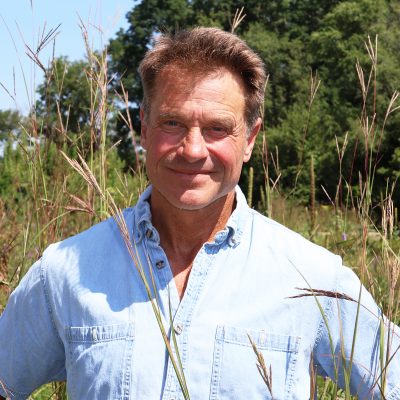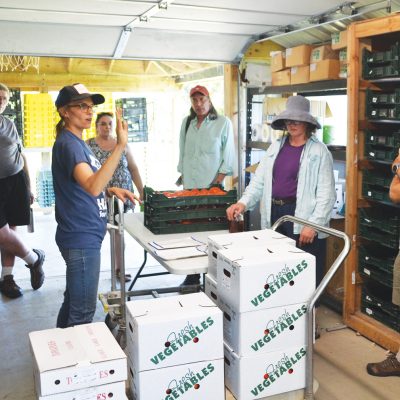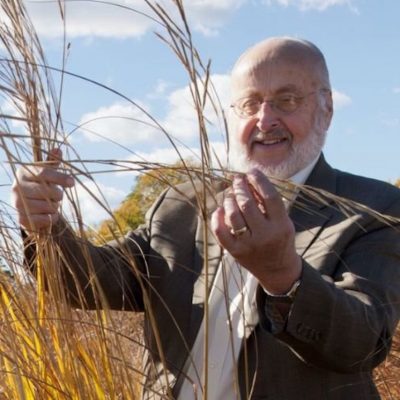Community Conservation
It’s that age-old struggle: accepting a little short-term disturbance in the name of long-term stability. Dave Trauba regularly faces the challenge of explaining that tradeoff to hunters who visit the Lac Qui Parle Wildlife Refuge in western Minnesota only to find their favorite spot for shooting pheasants has recently been grazed by cattle from a… Read More →


